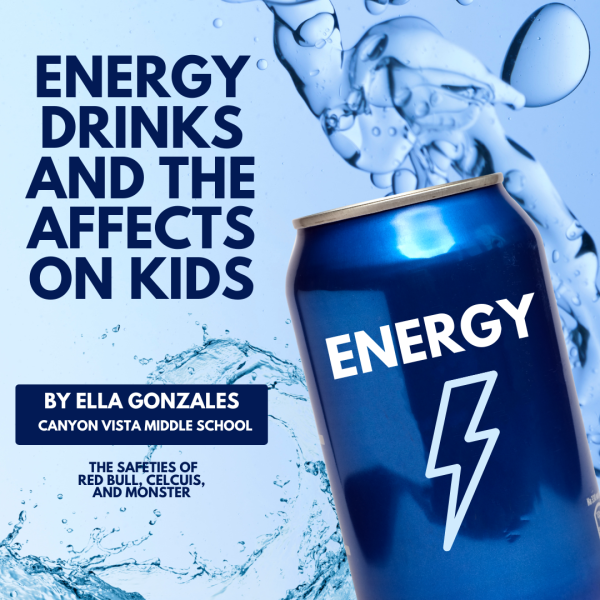Wellness Wednesday: ‘Tis the season for… allergies?
The weather has finally cooled down, getting ready to lead in the frigid winter temperatures. While it’s nice not to be sweating, the welcome breezes blowing around outside may be carrying pollen and causing your allergies to act up.

Allergies are your immune system’s reactions to harmless substances. These substances are perceived as dangerous by your immune system, and it reacts, causing many irritating symptoms, from sneezing, runny noses, and itchiness to swelling, rashes, and hives. The substance that triggers this reaction is called an allergen. Many types of pollen are common allergens.
According to webmd.com, the most notorious of fall allergens is ragweed. Ragweed is, obviously, a weed. It has yellow flowers and usually starts releasing pollen around August, September, and October. Its pollen can travel very far- it can ride the wind for hundreds of miles! People who are allergic to ragweed may also experience symptoms from certain fruits and vegetables, such as bananas, melon, and zucchini.
Another frequent allergen is mold. Hearing the word “mold” might make you think of dark spots spoiling a wedge of cheese or a loaf of bread, but mold also thrives in damp areas in the outdoors, such as in a wet pile of leaves.
A third common allergen is dust mites. Though dust mites are usually more common in the summer, they can get stirred into the air in the fall as well. Dust mites don’t cause drastic allergic reactions such as swelling or hives- they only cause sneezing and runny noses.
These typical seasonal allergies are definitely bothersome nuisances, but the type of allergies that produce more serious reactions are food allergies. The most common food allergies are peanuts, dairy, and wheat. If a person severely allergic to a certain food happens to ingest some of that food, a dose of epinephrine is administered— most people use Epi-Pens, injectors with pre-measured doses of epinephrine, for this purpose. As allergist Dr. Hemant Sharma describes in his article on allergicliving.com, this helps decrease swelling, increase blood pressure, and help the airways open up. It also prevents the release of more chemicals from the allergen, which, in turn, stops further progression of the reaction. Approximately four percent of the U.S. population is currently burdened with some kind of food allergy. In fact, the percentage of people with food allergies has significantly increased over the past several years.
One interesting theory about the cause of this increase in food allergies is humans’ cleanliness. According to livescience.com, with modern techniques such as antibacterial soap to keep our lives clean and germ-free, our immune systems lack work. Basically, they’re bored. Since they don’t need to fight infection as often as they used to, our immune systems start reacting more to allergens. Although being germ-free can prevent dissemination of diseases, being too clean may lead to more allergy problems.
But that doesn’t mean you should stop washing your hands with soap after using the bathroom, or before eating, as a precaution to contracting food allergies. There are alternative ways to prevent the development of food allergies. In fact, a study by the Journal of Allergy and Clinical Immunology showed that in 10,000 children, early exposure to peanuts reduced their risk of peanut allergies.
For those of us without the worry of food allergies, our biggest concern is how many tissue boxes we will end up buying this fall!



















